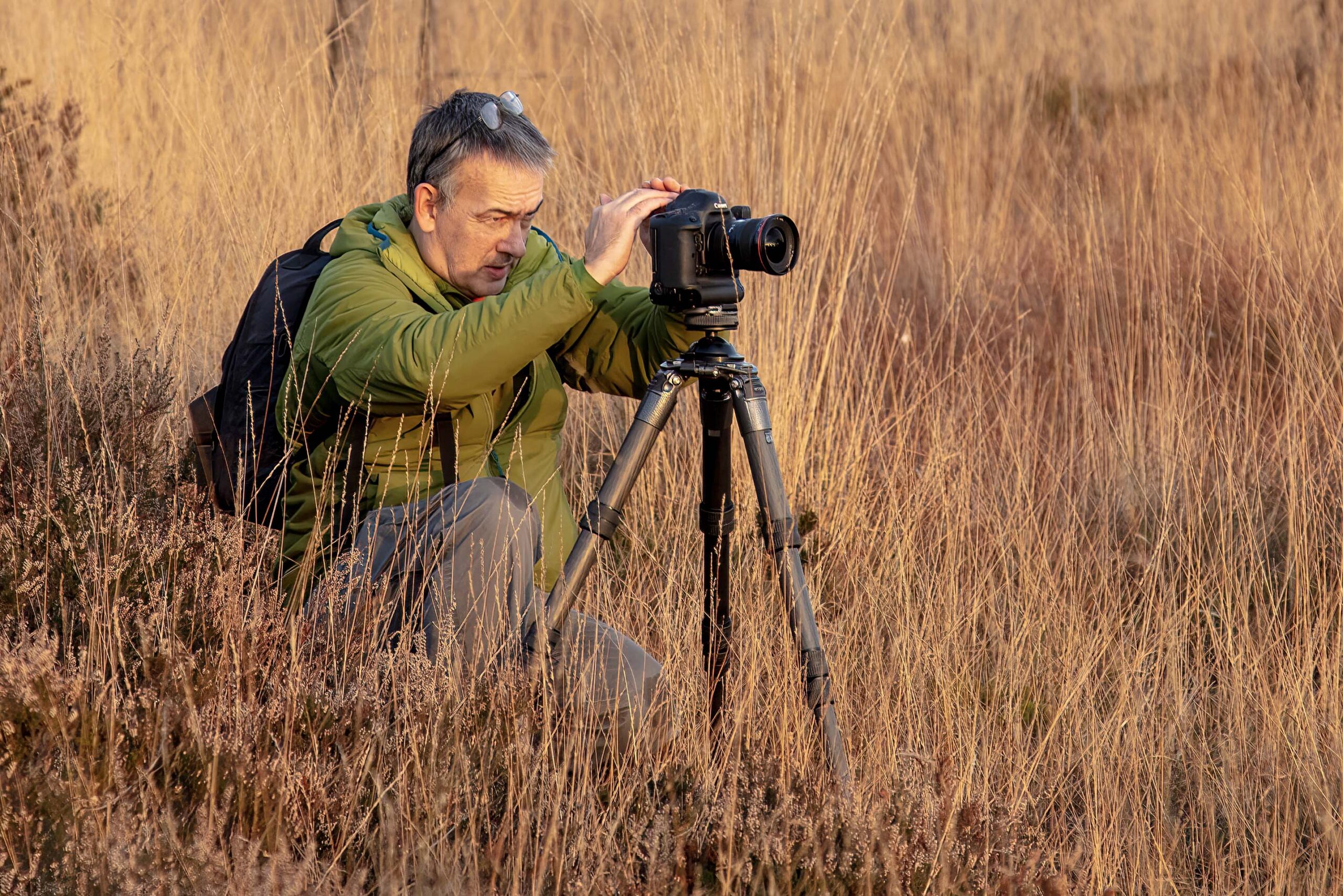As a wildlife photographer, I know that capturing the perfect shot requires patience, skill, and the right equipment. One of the most important pieces of equipment in my arsenal is my tripod. A tripod is an indispensable tool for wildlife photography as it provides a stable platform for the camera, allowing me to capture sharper, clearer images of fast-moving animals in their natural habitats. In this blog post, I’ll explore the benefits of using a tripod for wildlife photography.
Why Use A Tripod For Wildlife Photography:
There are quite a number of reasons as to why you should use a tripod for wildlife photography. Let’s take a look at the main factors you need to consider.
Stability
The primary advantage of a tripod for wildlife photography is the stability it provides. When shooting in low light conditions or with longer exposure times, camera shake can result in blurry images. Wildlife photographers often work in challenging environments, such as forests, swamps, and savannas, where the ground is uneven, and the light is constantly changing. A tripod provides a stable base for the camera, reducing camera shake and resulting in sharper, clearer images.
Consistency
Consistency is another important factor in wildlife photography. When photographing animals, the photographer may need to wait for hours or even days to capture the perfect shot. The use of a tripod helps to ensure that the camera remains in the same position, ensuring consistent framing and composition. This is particularly important when taking a series of photos to create a composite image, as it helps to ensure that the images line up perfectly.
Flexibility
Another reason to use a tripod for wildlife photography is that the tripod is a flexible tool that can be adjusted to suit different shooting positions and angles. This is particularly useful in wildlife photography, where the photographer may need to shoot from a low angle to capture a small animal or from a high angle to capture a bird in flight. A tripod can be adjusted to the required height and angle, providing the flexibility needed to capture the perfect shot.
Support
Many wildlife photographers use heavy telephoto lenses to capture distant animals or to get a closer look at small animals. These lenses can be very heavy and difficult to hold steady for extended periods of time. My Canon RF600mm f4 weighs a tad over 3kg, but there’s a Canon 800mm weighing in at over 4.5kg! Using a tripod for wildlife photography provides support to the camera and lens, reducing the risk of strain or injury to the photographer. This is particularly important when shooting for extended periods of time, as it helps to reduce fatigue and ensure that the photographer can continue to shoot for longer.

Tripod provides stability for the camera low down where holding it would be hard work, an allows me to concentrate on composition and creativity.
Photograph copyright: David Robinson
Creative Control
A tripod also provides creative control in wildlife photography. With the camera securely mounted on a tripod, the photographer can use slower shutter speeds or smaller apertures to create more depth of field and creative effects. This is particularly useful when shooting in low light or when trying to capture movement or action. By using a tripod, the photographer can take more control over the image-making process, resulting in more creative and compelling images.
Comfort and Flexibility
Finally, a huge factor to consider when using a tripod for wildlife photography is that a tripod provides a comfortable and flexible shooting experience that can help reduce fatigue and ensure consistent framing and composition. Wildlife photography often requires long hours of waiting in one spot for the perfect shot. A tripod can help to reduce fatigue and ensure that the photographer is able to stay in one position for an extended period of time. This can be particularly important when photographing shy or elusive animals, like red foxes, as the photographer may need to remain hidden or unnoticed for long periods of time.

Regardless of the location, a tripod is essential to keep the camera steady and enable you to get sharp shots
Photograph copyright: David Robinson
Using A Tripod For Wildlife Photography Gives You A Huge Advantage
A tripod is really an essential tool for wildlife photography as it provides stability, consistency, flexibility, support, and creative control. It allows photographers to capture sharper, clearer images of fast-moving animals in their natural habitats and provides a comfortable and flexible shooting experience that can help to reduce fatigue and ensure consistent framing and composition. You won’t need it on every occasion, but if you’re serious about wildlife photography, investing in a quality tripod is a must-have item in your gear bag.
If you happen to find yourself out and about and come across the perfect wildlife photography opportunity, not having a tripod with you can hinder your ability to take a clean, well-composed image. However, with a little ingenuity, you may be able to quickly craft your own make bean bag to help with stability.

‘Tripods for wildlife photography… erm, not quite what I was trying to say, but I’m used to being badgered
AI Photograph by David Robinson





